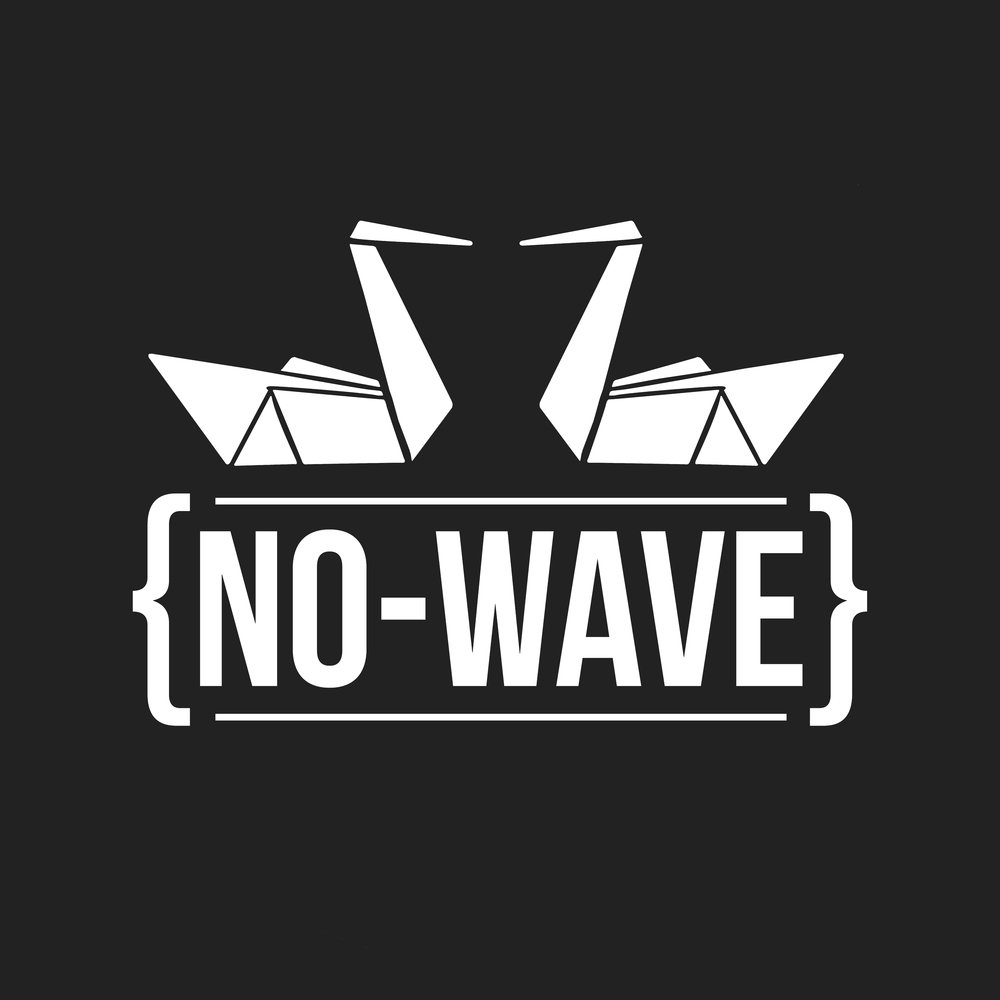Dylan Henner’s The Invention of the Human feels like mallsoft of a deserted future. It is a suite of synthesis, which sings in garbled voices to empty rooms. Its new-agey choral minimalism can best be described as glacial. This owes not only to a measured pace, but a powerful tension as chords slide over each other in creaking and reluctant transition. There is such stillness to this album that its each greedy moment seeks to hold you forever.
It’s useful to discuss The Invention of the Human through its vocals. Voices are ever-present but computer synthesised, and then even further processed into abhuman weirdness; slowed, downpitched or swamped with delay. It’s like listening through thick water; recognisable, but refracted, askew and alien. The sound is organic but equally suggests transhumanism—a chorus staying its breath in anticipation of the future.
Vocals also recall some works of the past. Closer ‘We Could Hear Them Singing…’ surprises with Daft Punk-style vocoder effects—but supplements its sound with faint ecclesiasticism, shades of a prayer bell burbling beneath the surface. ‘The Peach Tree Next Door…’ and ‘The Lake was Covered in Lilypads’ both feature staccato vocals as percussion, in the style of Philip Glass. ‘…Lilypads’ impresses in particular, its peppering of vocal delay mimicking the perpetually-accelerating rhythm of a bouncy ball. The track disintegrates at its midpoint, before reforming for an acidic and overdriven coda. It is anchored by a gorgeous chord sequence, the sole element of the track which continues throughout its length.
This happens a number of times in The Invention of the Human, a sole thread sitting concrete amidst amorphous elements. The album subtly evolves and self-corrects, undergoing slow but drastic and sometimes painful changes—but you don’t really notice it happening in the moment. You could see this as an optimistic reflection of our natures—both on a personal and a global level. Our history is a long series of misguided acts, some species-wide endemic flaw forcing our errors. But follow the thread and we see change and development blossoming around the mistakes. The album’s cover encapsulates this idea well; a machine-learning replica of pre-Guttenberg illuminated text. As the internet hastens a second incunabula, how will humans of five hundred years from now regard us?
The Invention of the Human is available for purchase and streaming here.
Words: Andrew O’Keefe






